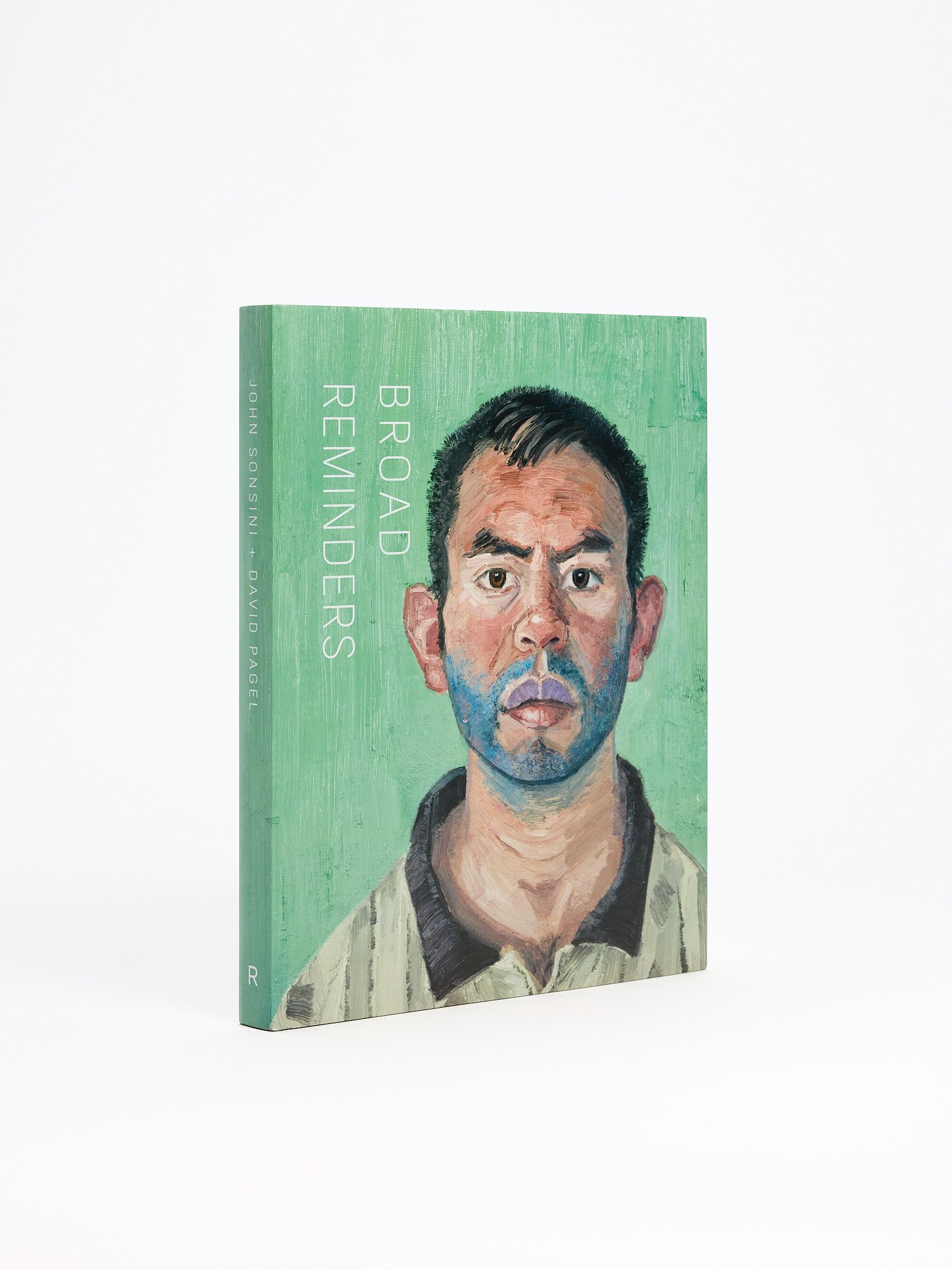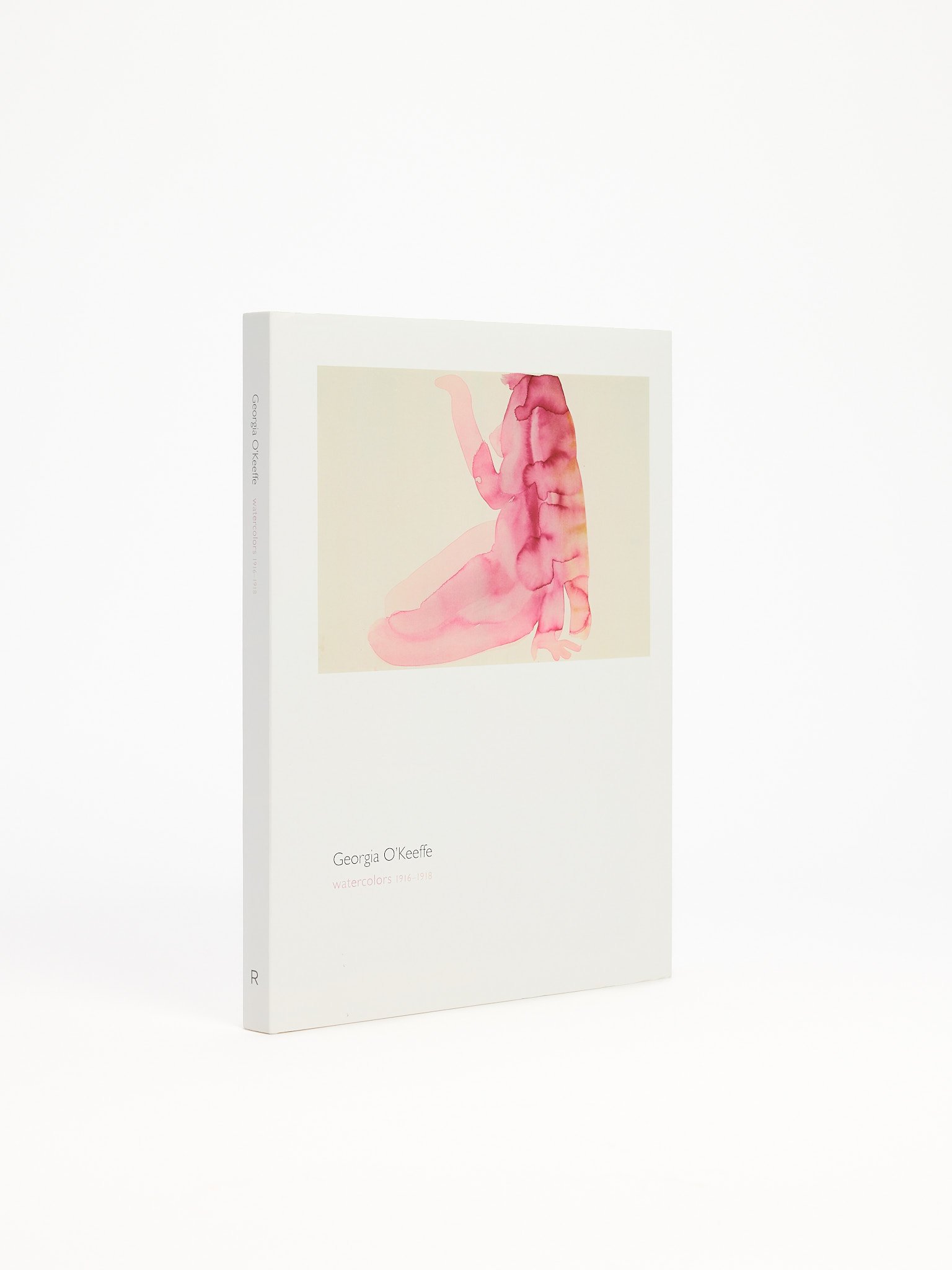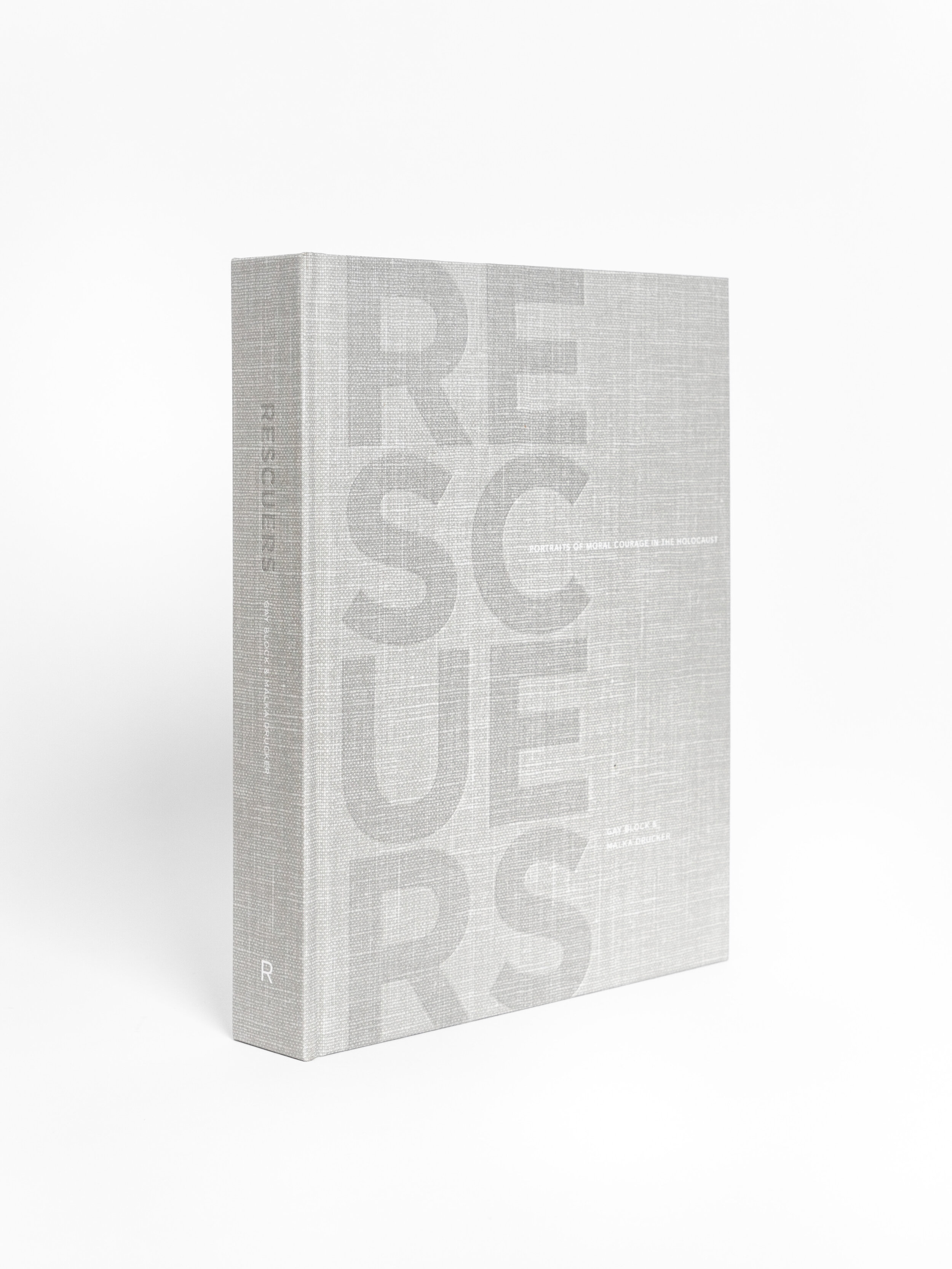Neel’s intimate portraits of her friends and family become a painted diary, documenting what it was like to be a part of her immediate milieu.
— Lily Koto Olive, The Brooklyn Rail
With a practice spanning the 1920s to the 1980s, Alice Neel (1900-1984) is widely regarded as one of the greatest figurative painters of the twentieth century. Published on the occasion of a solo exhibition at David Zwirner, New York, this book presents a selection of portraits and still lifes from the last two decades of the artist’s life. Based in New York City, Neel chose her subjects from her family, friends, and a broad variety of locals: writers, poets, artists, students, textile salesmen, psychologists, cabaret singers, and homeless bohemians. Her eccentric selection was thus also a portrayal of, and dialogue with, the city in which she lived. Through her forthright and at times humorous touch, her work engaged with ongoing political and social issues, including gender, racial inequality, and labor struggles.
This volume includes portraits and still lifes made between 1964 and 1983, the last two decades of Neel's life. The portraits affirm the shift in her work towards more luminous compositions, as witnessed for example in Abe's Grandchildren (1964) and Richard (1969), where the background is partially rendered and supplanted by abstract areas of paint. Likewise, in the still lifes—a genre Neel continued to address throughout her career—such changes are evident in the arbitrary use of perspective and the artist's bright palette. In Still Life (Breakfast Table) (1965), a bird's eye view of a strident yellow table is set off by many of the objects on its surface, which are shown from their sides, and in Light (1980), a shadow cast by a sun-lit table omits the flowers arranged on its source. In other still lifes, potted plants and cut flowers take on anthropomorphic presences, and even hint at a subtle version of self-portraiture. Aside from two paintings made in her family home in New Jersey, and a portrait from San Francisco, all of the works in the show were painted in New York.
Neel’s intimate portraits of her friends and family become a painted diary, documenting what it was like to be a part of her immediate milieu.
— Lily Koto Olive, The Brooklyn Rail
With a practice spanning the 1920s to the 1980s, Alice Neel (1900-1984) is widely regarded as one of the greatest figurative painters of the twentieth century. Published on the occasion of a solo exhibition at David Zwirner, New York, this book presents a selection of portraits and still lifes from the last two decades of the artist’s life. Based in New York City, Neel chose her subjects from her family, friends, and a broad variety of locals: writers, poets, artists, students, textile salesmen, psychologists, cabaret singers, and homeless bohemians. Her eccentric selection was thus also a portrayal of, and dialogue with, the city in which she lived. Through her forthright and at times humorous touch, her work engaged with ongoing political and social issues, including gender, racial inequality, and labor struggles.
This volume includes portraits and still lifes made between 1964 and 1983, the last two decades of Neel's life. The portraits affirm the shift in her work towards more luminous compositions, as witnessed for example in Abe's Grandchildren (1964) and Richard (1969), where the background is partially rendered and supplanted by abstract areas of paint. Likewise, in the still lifes—a genre Neel continued to address throughout her career—such changes are evident in the arbitrary use of perspective and the artist's bright palette. In Still Life (Breakfast Table) (1965), a bird's eye view of a strident yellow table is set off by many of the objects on its surface, which are shown from their sides, and in Light (1980), a shadow cast by a sun-lit table omits the flowers arranged on its source. In other still lifes, potted plants and cut flowers take on anthropomorphic presences, and even hint at a subtle version of self-portraiture. Aside from two paintings made in her family home in New Jersey, and a portrait from San Francisco, all of the works in the show were painted in New York.












